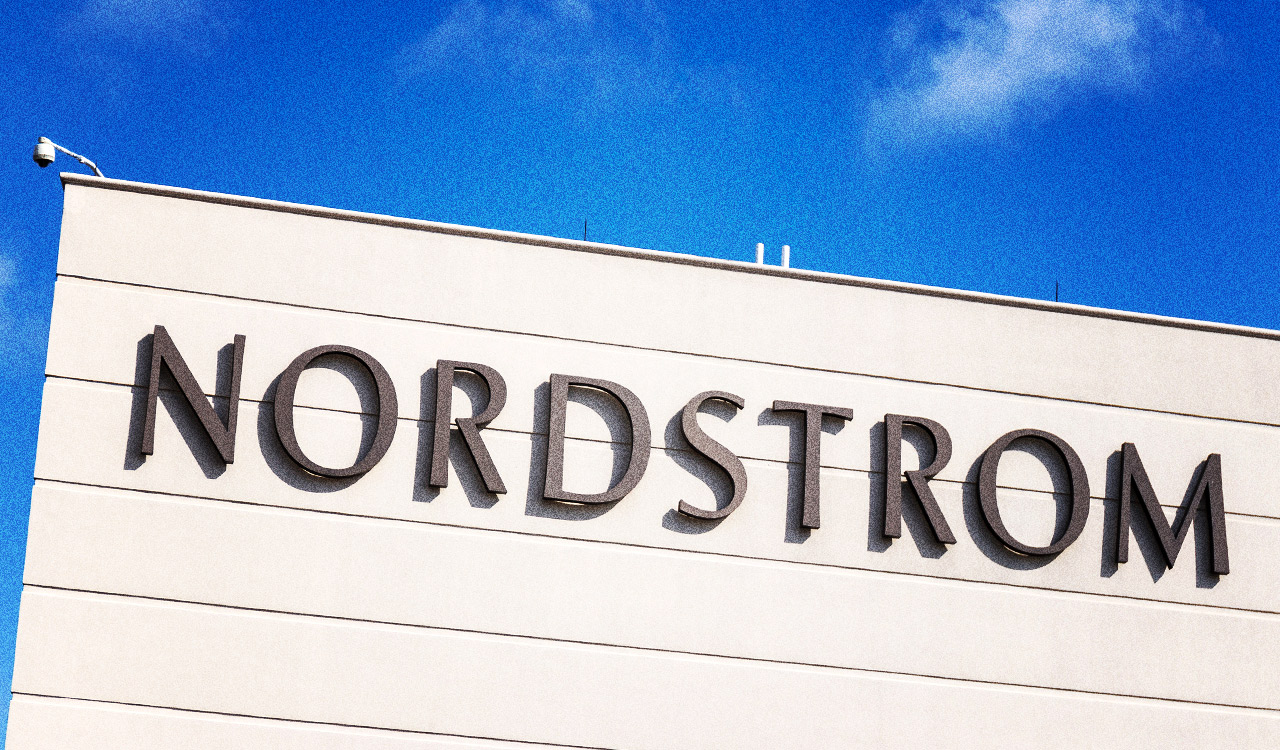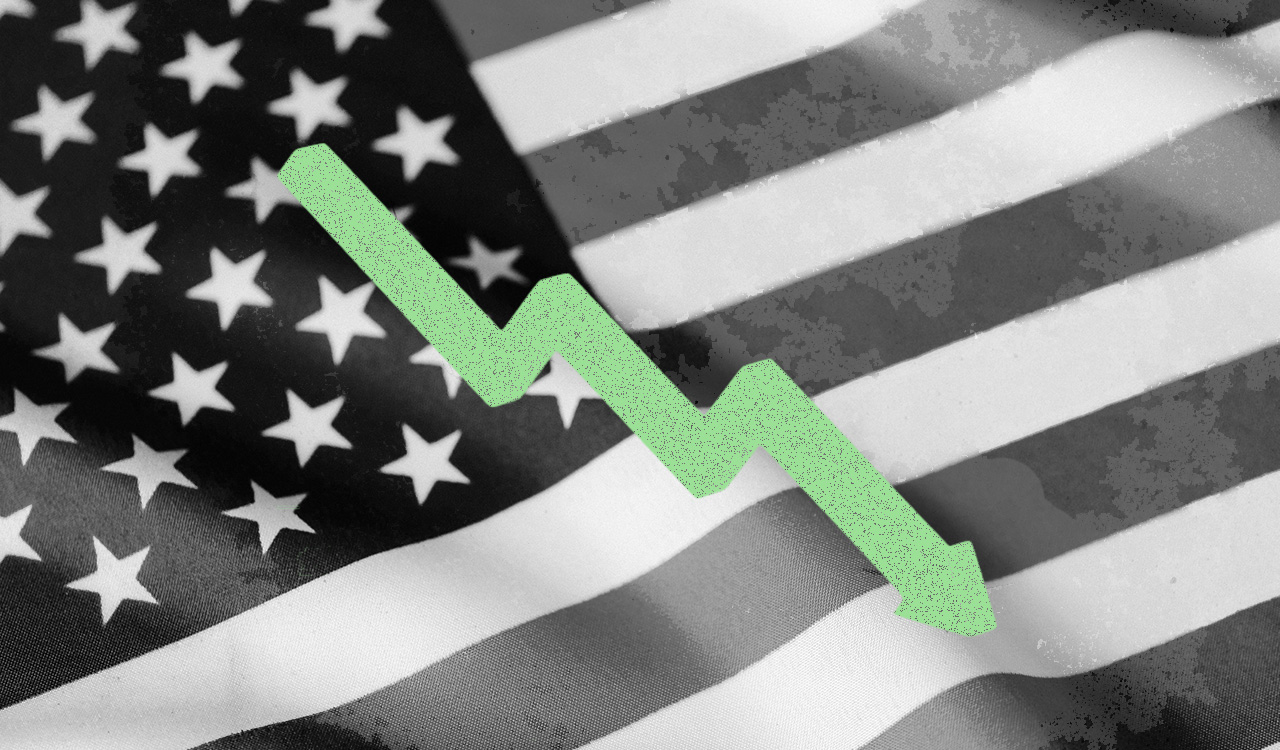Between 2008 and 2018, Nordstrom Rack grew at an extraordinary pace. In that 10-year span, Nordstrom’s off-price revenue more than quadrupled as the retailer rapidly expanded the Rack store base and pushed into e-commerce to meet growing demand for value offerings.
Getting the Rack back on track is crucial to Nordstrom’s long-term success. While Nordstrom still derives the majority of its revenue from its full-line operations, department stores are a fairly low-margin, low-growth business. By contrast, the off-price market continues to grow at a rapid pace, and well-run off-price retailers typically generate double-digit operating margins.
However, the Rack has fallen on hard times since then. Brick-and-mortar store productivity started to falter as early as 2015, though sales continued to grow due to new store openings and e-commerce growth. By 2019, the banner’s sales growth had ground to a halt altogether. As a result, Nordstrom essentially froze the Rack’s brick-and-mortar growth, adding just three stores in the U.S. (net of closures and relocations) between 2019 and 2022.
The Covid-19 pandemic, subsequent changes in demand patterns, and strategy missteps have added to Nordstrom Rack’s woes in recent years.
Nevertheless, Nordstrom is charging forward with an aggressive plan to expand the Rack’s store base. This decision to chase growth when the business is struggling is another dubious move that could backfire if it distracts management from fixing Nordstrom Rack’s underlying problems.
The Linchpin of Nordstrom’s Growth
Just 15 years ago, the Nordstrom Rack off-price chain was little more than an afterthought within Nordstrom’s business. With 50 stores as of August 2008, the Rack contributed less than 15 percent of the company’s revenue that year.
The impact of the Great Recession on consumers’ shopping habits led Nordstrom to make the Rack its primary growth vehicle over the following decade. Nordstrom rapidly increased the Rack store count to capitalize on shoppers’ thirst for value. It also became one of the biggest players in off-price e-commerce through its
2011 acquisition of HauteLook, followed later by the launch of a Nordstrom Rack e-commerce site.
As a result, Nordstrom Rack doubled its sales from $1.2 billion to $2.4 billion between 2008 and 2012. Off-price sales nearly doubled again by 2016, reaching $4.5 billion, and the segment’s sales topped out at $5.2 billion in fiscal 2018. By that year, Nordstrom’s off-price business contributed fully a third of the company’s revenue.
The Rack Isn’t a Healthy Business
While the Rack was tremendously successful in the aftermath of the Great Recession, the business has been struggling for years. Beginning in 2015, Nordstrom Rack has experienced
frequent inventory gluts that have
hurt sales and profitability. This poor inventory management violated a cardinal rule of off-price retail: maintaining a steady flow of fresh product drives traffic. The growth of the nordstromrack.com e-commerce site has also weighed heavily on profit margins.
In 2021, management made a pair of unforced errors that have compounded the chain’s problems. First, Nordstrom Rack began targeting more price-sensitive customers by introducing cheaper goods in certain locations based on consumer demographics. Second, it significantly expanded its assortment of activewear and home furnishings: two categories that were booming at the time but had not historically been a big part of the Rack’s merchandise mix.
Lower-price brands did not resonate with customers, and demand shifted sharply away from the home and active categories in 2022. These
strategic missteps led to a weak recovery from the Covid-19 pandemic for Nordstrom Rack. While 2022 was an extremely strong year for the retail industry, Nordstrom Rack posted
sales of $4.8 billion: 7 percent below pre-pandemic levels.
Nordstrom Rack has continued to record sales declines in 2023 as management attempts to reset the business once again. In the first half of the year, the banner posted sales of $2.2 billion: down 12 percent from five years earlier. Over the same period, off-price leader TJX grew sales 36 percent at its domestic T.J. Maxx and Marshalls banners.
Nordstrom reported an adjusted operating margin of just 3.3 percent last quarter, down from over 10 percent as recently as 2014. While the company doesn’t break out its earnings by banner, Nordstrom Rack’s merchandising missteps and revenue declines have undoubtedly battered the chain’s profitability.
Expanding Anyway
With sales and profit both under pressure, one might think Nordstrom Rack would be circling the wagons to focus on getting its business model right. Instead, it is growing at a pace not seen since 2017.
During the
first half of fiscal 2023, Nordstrom opened seven new Rack stores (not counting one relocation). It expects to open 12 more new stores by year-end. Nordstrom Rack already has 10 store openings scheduled for the first half of 2024, as well.
Considering that there were only 241 Nordstrom Rack stores in the U.S. at the beginning of 2023, this represents a surprisingly aggressive growth plan. If Nordstrom continues expanding the Rack chain at this pace, it could have around 300 Rack stores by the end of 2025.
Nordstrom Can’t Afford to Fail
If the company’s latest plan to fix the Rack business (by reemphasizing more upscale “strategic” brands) succeeds, the accelerated store rollout could turbocharge Nordstrom Rack’s return to growth. On the bright side, the pair of new Rack stores that opened in 2022 have performed very well so far.
However, over the past eight years, Nordstrom Rack has periodically reported strong results for a quarter or two before running into trouble again. Thus, while there are some hopeful signs today, it’s far too early to be confident that the chain has fixed its problems.
Getting the Rack back on track is crucial to Nordstrom’s long-term success. While Nordstrom still derives the majority of its revenue from its full-line operations, department stores are a fairly low-margin, low-growth business. By contrast, the off-price market continues to grow at a rapid pace, and well-run off-price retailers typically generate double-digit operating margins.
Indeed, lowly Burlington (a distant No. 3 in the U.S. off-price market) has a market value of approximately $10 billion, even though its core lower-income customers are cutting back on discretionary spending. Ross Stores is worth $40 billion and TJX’s valuation has eclipsed $100 billion this year. That compares to just $2.4 billion for Nordstrom. While the core Nordstrom banner has plenty of room for improvement, it’s never going to be a particularly valuable business compared to best-in-class off-price retailers.
As such, Nordstrom’s top priority should be fixing the Rack. Key tasks include optimizing the merchandise assortment, inventory levels, pricing, and marketing. Getting those basics right is critical to accelerating inventory turnover and returning to consistently positive comparable sales growth at Nordstrom Rack, which in turn should drive margin expansion.
Expanding the chain rapidly during this period raises the risk of distracting management. That’s a particularly big concern because the full-line Nordstrom banner already occupies a lot of C-suite attention at the company. Perhaps Nordstrom can pull off a big turnaround at the Rack while also accelerating store growth. But given the company’s poor track record of execution, the odds don’t seem to be in its favor.
Full disclosure: The author owns shares of Nordstrom and TJX.




